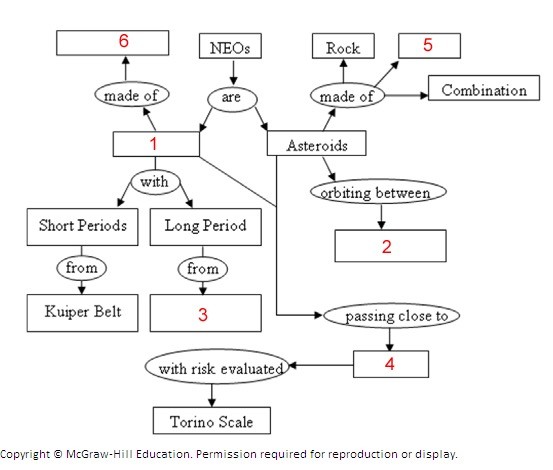Discuss the impacts of human-made pollution on ocean ecosystems
What will be an ideal response?
Oceans have long been a sink for human wastes. Even into the mid-20th century, it was common for coastal cities in the United States to dump trash and pump untreated sewage onto mudflats and into bays. Coastal dumping practices have left a toxic legacy around the United States, but marine pollution continues today including oil, plastic, industrial chemicals, sewage sludge, excess nutrients, and abandoned fishing gear. Pollutants such as crude oil are also a problem. The majority of oil pollution in the oceans comes not only from catastrophic large spills, such as the Exxon Valdez and BP's Deepwater Horizon blowout of 2010, but from cumulative small sources, including leakage from small boats and runoff from human activities on land. In addition, the amount of petroleum spilled into the oceans each year is equaled by the amount that seeps into the water from naturally occurring seafloor deposits. Pollution from petroleum products is extremely detrimental to the marine environment and the human economies that draw sustenance from that environment. The extent of this damage is only now being appreciated in the case of the Deepwater Horizon event in the Gulf of Mexico. Petroleum can physically coat and kill intertidal and free-swimming marine organisms, and ingested chemical components in petroleum can poison marine life. Plastic bags and bottles, fishing nets, gloves, fishing line, buckets, floats, abandoned cargo, and nearly everything else that humans transport on the sea or dispose into it can present problems for marine organisms (especially organisms living near ocean gyres) and for people who depend upon the sea. Because most plastic is not biodegradable, it can drift for decades before washing up on beaches. Some marine animals, including seabirds, fish, and endangered sea turtles, can mistake floating plastic debris for food (such as mistaking clear plastic for jellyfish), and many die as a result. Artificial pollution from fertilizer runoff or other nutrient inputs can also have dire effects on marine ecosystems, as we saw with the Gulf of Mexico's dead zone. The release of excess nutrients into surface waters can spur unusually high growth rates and population densities of phytoplankton, causing eutrophication in both freshwater and saltwater ecosystems, particularly highly productive coral reefs and coastal shallows. Eutrophication can lead to hypoxic conditions called "dead zones" and can also result in algae blooms, such as red tides.
You might also like to view...
Complete the concept map displayed below by selecting the correct response from the answers provided. Complete the concept map by selecting the correct response from the answers provided for number 6.
Complete the concept map by selecting the correct response from the answers provided for number 6.
A. Dust B. Ice and rock C. Iron and nickel
Although lumbering, fishing, and manufacturing are still important parts of the economy of the Pacific Northwest, in recent decades ________ and ________ have become increasingly important
Fill in the blank(s) with correct word
________ are fractures in bedrock along which sliding movement has taken place.
A. Joints B. Strains C. Strikes D. Faults E. Planes
The flow of underground water is through bedrock and is largely ________
Fill in the blank(s) with the appropriate word(s).